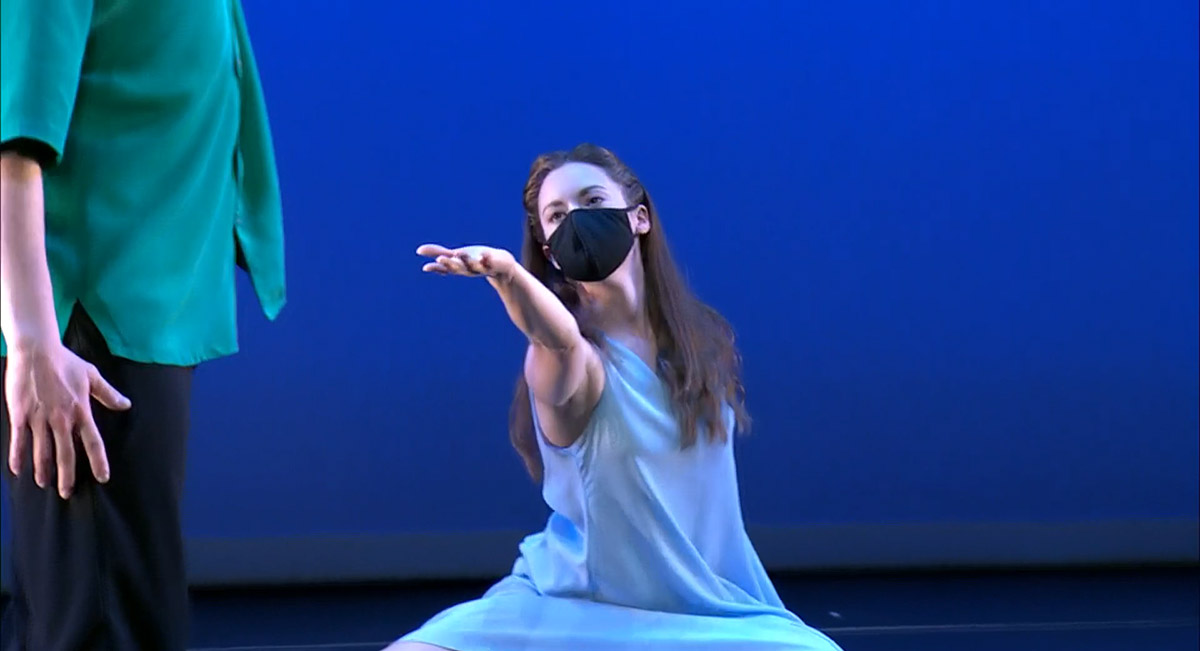
© Mark Morris Dance Group. (Click image for larger version)
Mark Morris Dance Group
Live from Brooklyn: Three Preludes, Jealousy, Tempus Perfectum, Fugue
★★★★✰
New York, BRIC House
Live-streamed 6-7 May 2021
markmorrisdancegroup.org
www.bricartsmedia.org
Mark Morris, Back in Brooklyn
Just under a year ago, Mark Morris was preparing his first program of what he referred to as “video dances,” recorded and assembled via Zoom. Fast forward 11½ months, and his company, the Mark Morris Dance Group, has just presented its first live-streamed show from BRIC House in Brooklyn. After months apart, Morris and his dancers have finally been reunited in the company’s studios. The result is Live From Brooklyn, a 45-minute program that includes a new work, Tempus Perfectum, set to Brahms’ Sixteen Waltzes, op .39.
Unlike a lot of online performances, this one was meant to really feel like a live event. The dancing was actually live-streamed, as was the introduction by Mark Morris, complete with little slips of the tongue. The camera showed not only the actual dances, but also the in-between stuff, like when the stage hands picked up the piano bench and pushed the piano out of the way. And there were only two chances to catch it, so if you weren’t able to see the Thursday or Friday show, you missed it. That said, a final cut will be released at a later date.
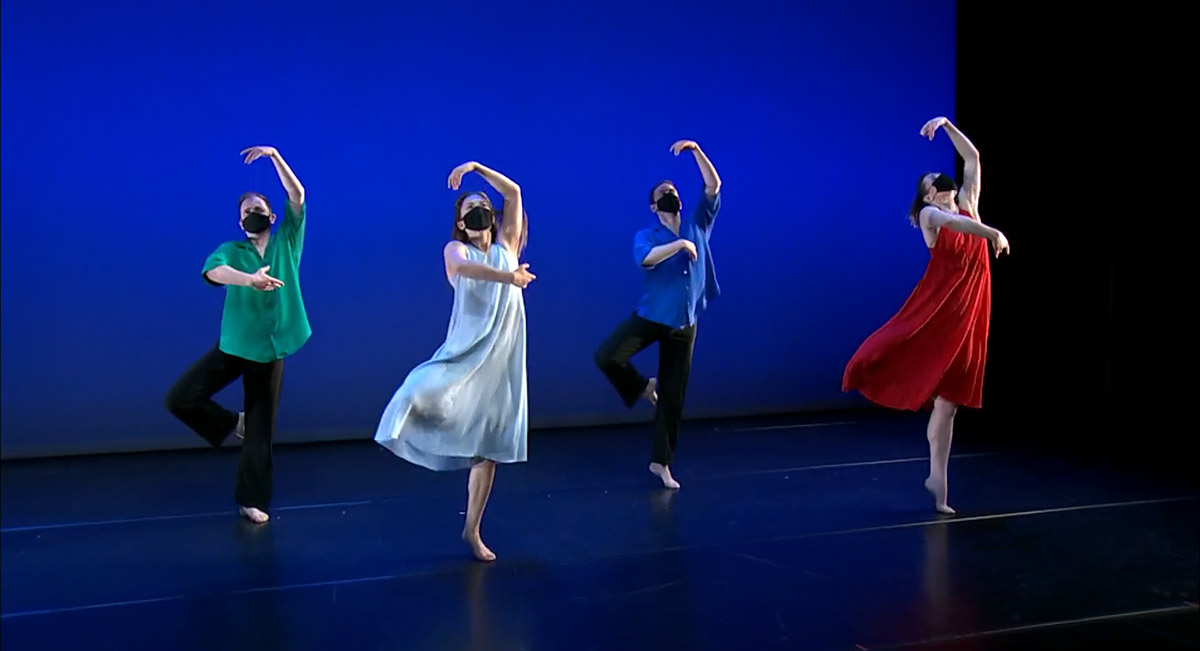
© Mark Morris Dance Group. (Click image for larger version)
All this is in line with Morris’s insistence on the immediacy of live performance. With one slight caveat: thought the company’s music director Colin Fowler accompanied half of the pieces on piano, two of the works were set to recorded music, something that never happens at a Morris show.
Morris created a new piece, Tempus Perfectum, for the occasion. The title, a musical term for triple meter, reflects the nature of the music, a set of waltzes for the piano by Brahms. These waltzes are familiar, particularly from Frederick Ashton’s Five Brahms Waltzes in the Manner of Isadora Duncan. And, appropriately enough, Morris begins Tempum with an evocation of Duncan. (Morris is also an Isadora fan.) Laurel Lynch, in a red shift, dances ecstatically, bending forward and back, spinning, her hands held forward, palms exposed, as if in offering.
Lynch alternates with three other dancers, each of whom enters toward the end of the previous solo. A lot of the dancing is for the arms, which draw giant arcs through the air, or open wide, as if to take in the world, or bend at the elbow at right angles. The dancers’ fingers are splayed, or relaxed, or neutral. By the end of the piece, everyone is onstage, trading motifs, recapitulating phrases that came before. It’s one of Morris’s straightforward dances, in which he strips down his language, as if helping the viewer to see clearly how each phrase of movement connects to the music.

© Mark Morris Dance Group. (Click image for larger version)
The first two works on the program are solos Morris created for himself in the eighties (Jealousy) and nineties (Three Preludes). Three Preludes has the distinction of having also been danced by Baryshnikov. It is classical, dapper, jazzy. The dancer wears black, with white gloves, the better to show little flicks and elegant flourishes of the fingers. On this occasion the soloist was, once again, the astonishing Laurel Lynch, tall, precise, focused. The music, by Gershwin (his Preludes for Piano) flowed throw her body, revealed in a jutting hip, swivel of the derriere, a shoulder roll, a leg swing.
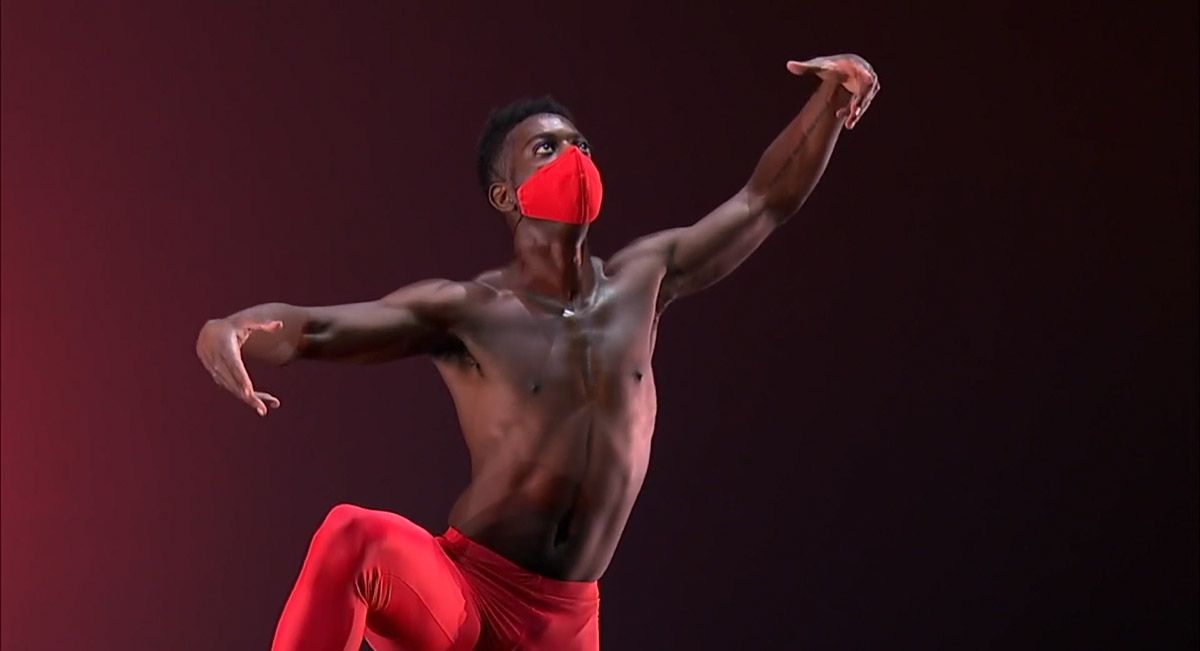
© Mark Morris Dance Group. (Click image for larger version)
Jealousy, more rarely performed, is a portrait of dark emotion, set to a chorus from Handel’s Hercules. “Jealousy, infernal pest!,” the chorus cries out as the dancer, here Brandon Randolph, twists and bends, his hand tearing at his flesh. His hand seems to move almost independently of the rest of his body, leading him where he doesn’t want to go. Even when Randolph has collapsed on the floor, the hand continues…
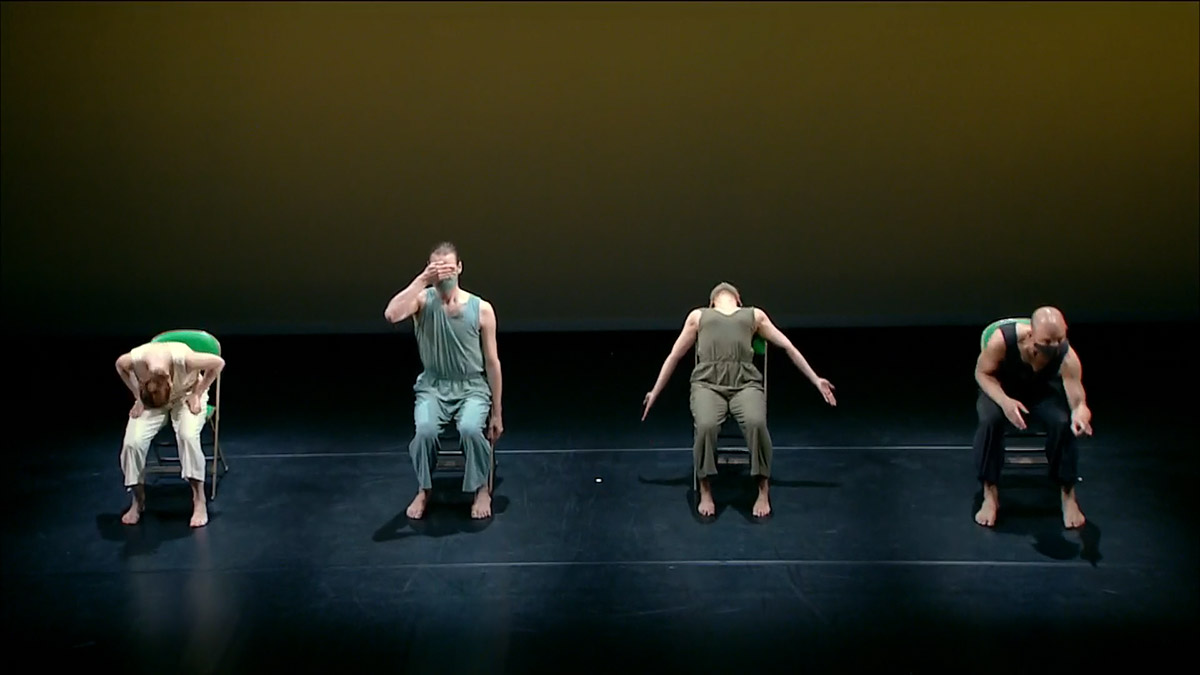
© Mark Morris Dance Group. (Click image for larger version)
As a closer, four dancers performed Morris’s Fugue, from 1987. Four dancers, four chairs, a mathematical succession of kicks, foot-shaking, stomping, somersaulting, rising, and sitting again. This is Morris (and Mozart) at his most maddening, as he relentlessly breaks down the music, revealing its bare bones, as only he can. It’s also drily funny – all this seriousness, all this getting up and sitting down. Morris knows it’s insane. Maybe it’s a metaphor for this past year, during which many of us have felt trapped in a series of repetitive actions, like notes in a fugue.









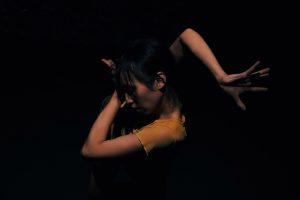
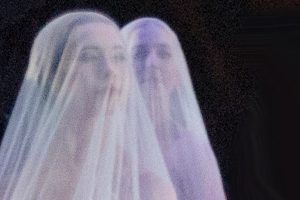
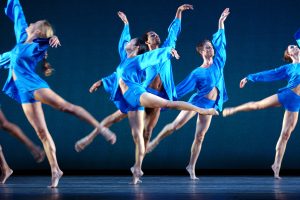

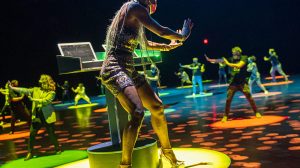
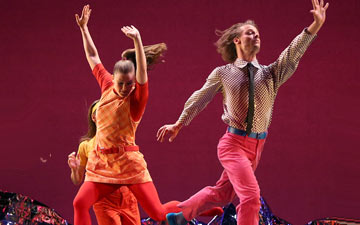

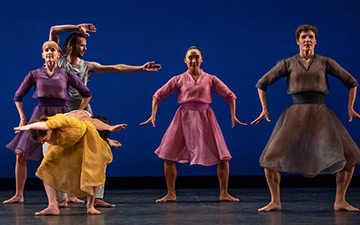
You must be logged in to post a comment.